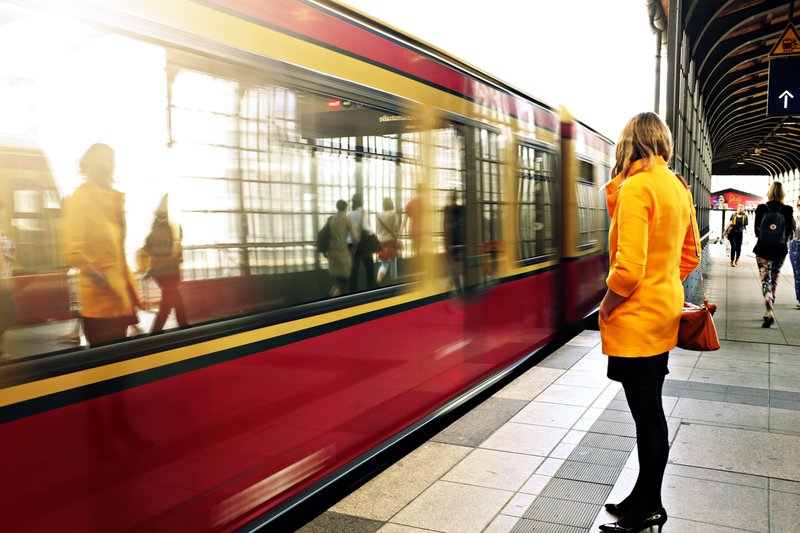Ross Davies: Why the decision to re-signal the entire Norwegian rail network now?
Sverre Kjenne: The trigger for all of this is that we have 336 interlockings in Norway, with 80% of them based on relay technology last bought a few years ago. There was an urgent need for renewal.
Have infrastructure failures on the line also contributed to the decision?

A demonstration of the Adaptable Carriage
Yes, that is correct. If you look at Norway – out of all the delays on Norwegian rail, around 60% come out of the infrastructure. And out of that 60%, close to 50% comes from the signalling area.
So, in addition to the urgent need for renewal, there was also a need for better punctuality.
When did Bane NOR first conceive of the new ERTMS test and training centre? What kind of work will be taking place there?
We realised a few years ago that we needed to have a centre where we could educate quite a number of people. We estimated between 5,000- 8,000 people in total will need to somehow be trained on ERTMS. We’re talking about train drivers, maintenance people and others.
In addition to that, we also want to have a centre where the suppliers could cooperate, where the different equipment could be tested. We had a look around at different facilities and came up with the centre where we also have the opportunity to rebuild trains.
What benefits will the re-signalling programme bring in terms of capacity on Norway’s railways?
Short term, the number one benefit will be that we can do the renewal while maintaining operations on Norwegian rail. That has been a trigger. Secondly, it will add safety by having continuous supervision of both the speed and position. Thirdly, you increase punctuality by having less signalling errors.
The capacity increase will probably come when we get to ATO [automatic train operations].
So, capacity increase is more of a long-term objective? Some reports I’ve seen claim the programme could create an uptick of up to 30% – is that the case?
Yes, it is a long-term goal; ERTMS will be a building block for the future. And the future will give us an opportunity for capacity increases.
I have also seen that figure of 30% increase you mention used by several vendors. However, at this point in time, we want to be careful with estimates on future capacity increase. The answer is probably that it all depends. Norway has a lot of single-track lines.
What challenges do you expect to encounter along the way?
One traditional challenge is getting the trains delivered on time, as we don’t own the rolling stock. This means we need to work together with the train owners. And the way that we have done this is that the Norwegian Government is providing 50% of the funding for the rebuild of the trains, provided the vehicle owners make the trains available on time and on schedule. So, we’ve had some financial incentives on that side.
You’ve awarded three main contracts to Siemens, Alstom and Thales – was that quite a straightforward tender process?
In some ways, it was a straightforward tender process. That said, it was challenging in terms of all the different requirements put forward and ensuring that we ended up with the best possible solutions, to be delivered on time. It was the culmination of close financial evaluation.
With digitalisation now here to stay, how excited are you about the arrival of ATO further down the line?
We have a few bottlenecks where an ATO solution obviously should have huge benefits. I do believe ATO, in general, will be made available. There’s a good argument for it. Because, capacity-wise, ATO will deal with these bottlenecks. It will also reduce power consumption significantly.